Yongsan Garrison, small-town America in a gray city
“Yongsan was a fun place to be. It really was a mini-America.”
By Joel LeePublished : Dec. 3, 2018 - 16:26
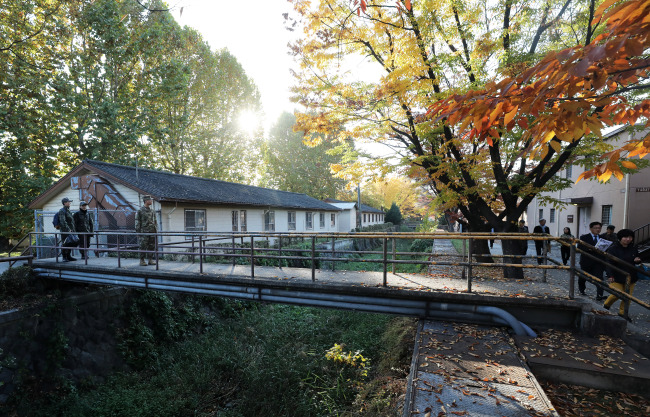
On US Thanksgiving Day in November, the Yongsan Garrison in Seoul was idle and blue. Looking at the emptiness of the vast compound, it was hard to believe the place was once a thriving community of tens of thousands of US service members and their families.
The garrison -- formerly home to United States Forces Korea, the Combined Forces Command and the United Nations Command -- will be turned into a park, fulfilling the 2003 agreement between Washington and Seoul to relocate the US forces to Pyeongtaek, Gyeonggi Province, and return the site to the Korean government.
Now, several hundred CFC personnel remain at Yongsan. The USFK and UNC relocated their headquarters in June to Camp Humphreys in Pyeongtaek, some 70 kilometers south of Seoul.
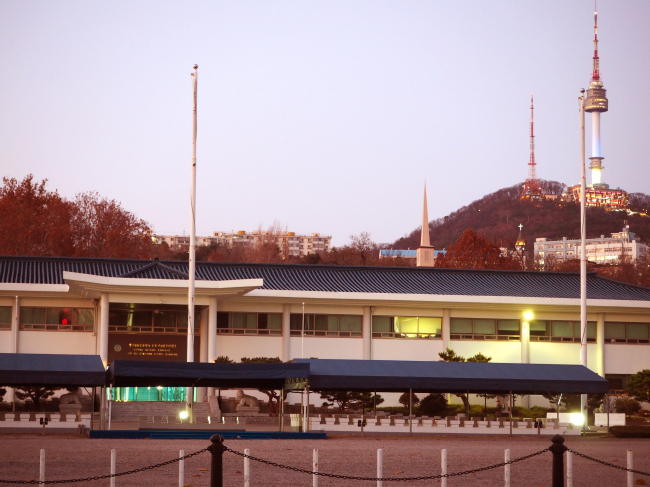
“Yongsan was a fun place to be. It really was a mini-America,” Passion Julinsey, a CFC political-military officer, told The Korea Herald. “You would see all kinds of cars from America, like Ford Mustang, with music blasting. There would be salsa dance every Saturday night. So it’s been sad since June when USFK and UNC moved to Camp Humphreys, and to see everything starting to shut down.”
Since November, the Ministry of Land, Infrastructure and Transport and the Seoul Metropolitan Government have opened the site to the public after 114 years of inaccessibility, and now offer bus tours, which will continue throughout next year.
“When I first came here in 2014, people thought the relocation wouldn’t happen anytime soon, because it had been postponed so many times,” Julinsey said. “But when they moved the statue of General Walton Walker, it really hit home that it was really going to happen. And the Eighth US Army moved its headquarters to Camp Humphreys last year.”
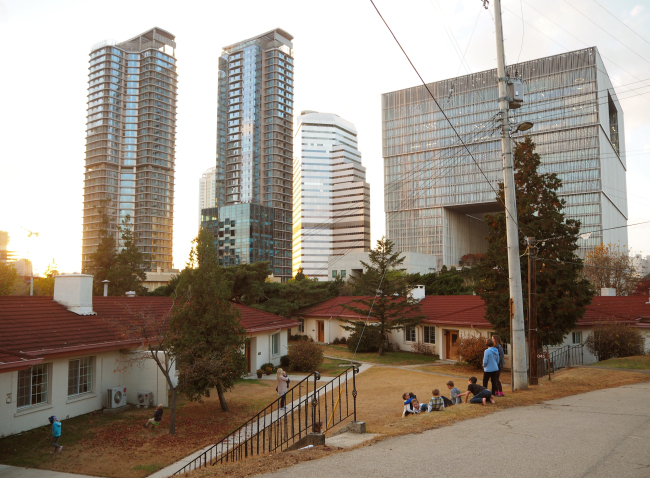
Historically, the site was a garrison for foreign forces as early as the late 19th century. The colonial Japanese government stationed its military here in 1904 during the Russo-Japanese War. After World War II, the US military took control of Yongsan, and in 1957 set up its Korea headquarters. The UNC moved in 1959, and the CFC was established in 1978 inside the garrison.
To fulfill the 2003 bilateral accord, it was decided in 2005 that the compound, which is roughly the size of Yeouido with a 13-kilometer circumference and an area of 2.7 million square meters, would be turned into a national park once the relocation was complete. The transfer marks the closure of a chapter in modern Korean history and the regaining of territorial sovereignty over the land at the heart of the capital.
Pundits say the area has ample tourism potential, as it lies in the vicinity of the National Museum of Korea, the War Memorial of Korea, Yongsan Family Park, Itaewon and Namsan.

As we drove around Yongsan, the colossal camp’s amenities came into plain sight. They included the remains of family housing areas, schools, welfare and recreation centers, restaurants, coffee shops, sports complexes and a commissary, church, postal service, library, bowling alley, golf range, hospital and dental clinic, as well as a gas station and automotive repair shop.
Yongsan is also home to the Dragon Hill Lodge, a hotel for personnel assigned or employed by the USFK and Department of Defense and their family members and guests.
Full of curved roads, detached homes and ample greenery, the base looks like a peaceful suburban community in the US -- a garden city, or an urban oasis, inside the grey metropolis of Seoul.
A Burger King restaurant and Popeyes Louisiana Kitchen closed this year, Julinsey said, recalling various businesses that used to solicit customers with group travel tours, plastic surgery offers and K-pop concerts, among other services.
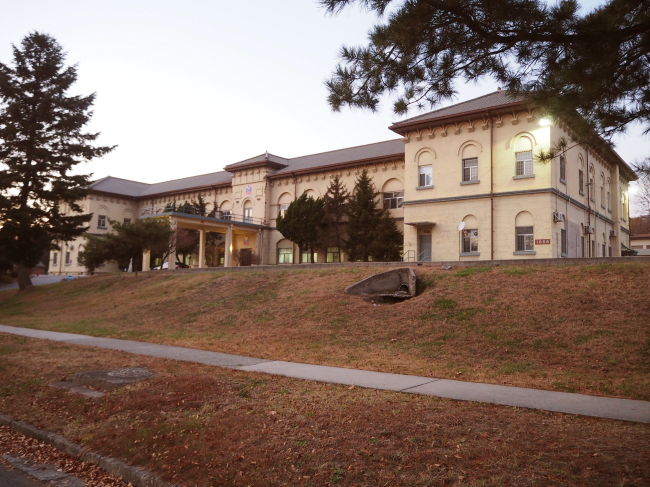
“Some people miss the ambiance of Yongsan,” she said, referring to its prime location in Seoul and proximity to urban amenities. Camp Humphreys, meanwhile, has become the largest US military base overseas, located close to the US Osan Air Base and a Korean naval base at the port of Pyeongtaek.
“I love nature, and you could hear the sound of pheasants throughout the day. It was such a beautiful sight of male pheasants running around with feathers on display,” the officer said. “My other memorable moments are seeing honor guards marching and throwing rifles near the UNC building, students playing football and cheerleaders and parents cheering them on. There were also Thanksgiving celebrations with turkey dinner, fireworks on Fourth of July.”
As many service personnel of the UNC’s 17 sending states resided inside Yongsan, it was a bustling international community, recalled Julinsey.
The garrison houses many historically significant buildings from the Joseon (1392-1897) and Japanese colonial eras. They include the South Post Bunker, located next to the site of a former Imperial Japanese Army headquarters and Gate 14, which lies in front of the sleek AmorePacific headquarters building; and the Japanese Military Stockade, constructed in 1909 with a 5-meter-high red-brick wall surrounding an inner military prison, which still has bullet holes from the Korean War.
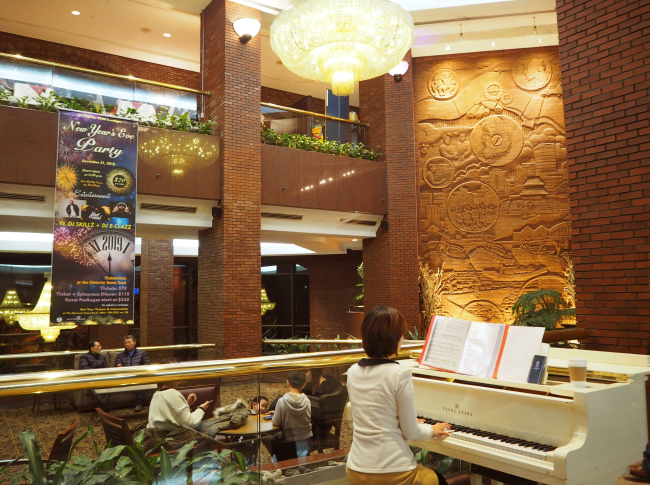
Building 2364, a red-brick edifice, was a troop barracks for the Imperial Japanese Army’s 78th Infantry Regiment. It bears to this day Imperial Japanese Stars on arches below the roof. The Joint US Military Affairs Group-Korea building is an elegant, stucco-covered example of Renaissance-style architecture. It was built in 1908 as the Japanese Bachelor Officers’ Quarters and occupied by Soviet troops.
The Combined Forces Command Headquarters building, commonly known as the “White House,” is a long two-story building covered in blue roofing tiles. Namsan and the Namsan Tower can be seen on its horizon. It was occupied by Soviet troops from 1946-47 while the US-Soviet Committee was in place.
The Mancho Stream, flanked by zelkova trees and bushes, has arched stone bridges that together form a pastoral scene.
Most of the garrison -- all but some parts of the US Embassy -- will be empty by the end of next year. At the former site of the UNC, a multibillion-dollar, multipurpose redevelopment will occur next year for completion by 2022, with a view to creating an attractive landmark similar to Tokyo’s Roppongi Hills. Policymakers and academics have called for repurposing the whole area into an equivalent of New York City’s Central Park.
In a city devoid of greenery and framed by reckless development, they say, Yongsan -- upon its rightful return -- is a blessing.
By Joel Lee (joel@heraldcorp.com)
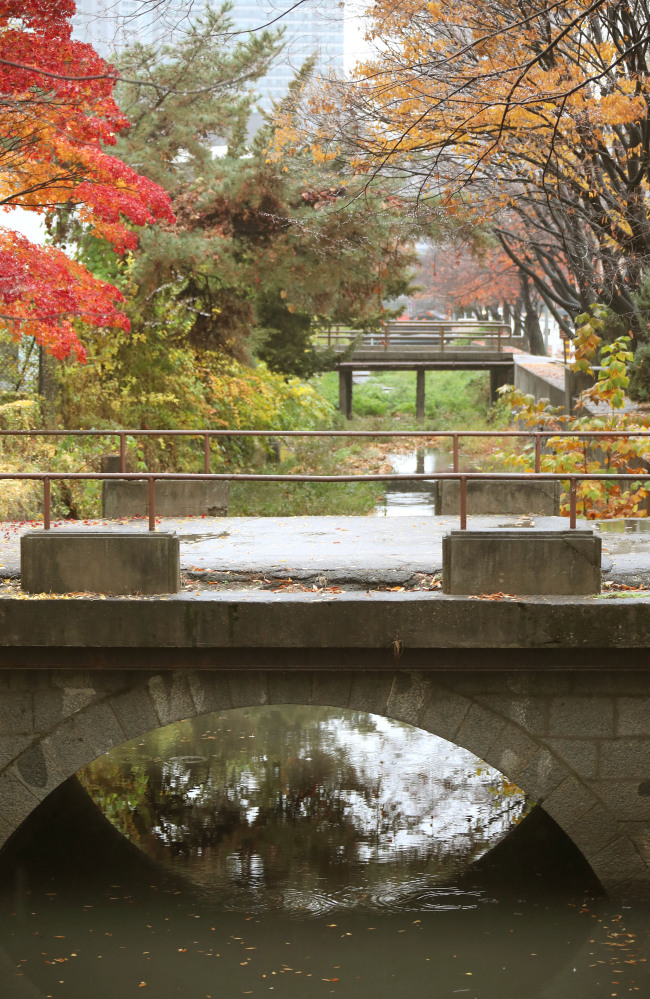
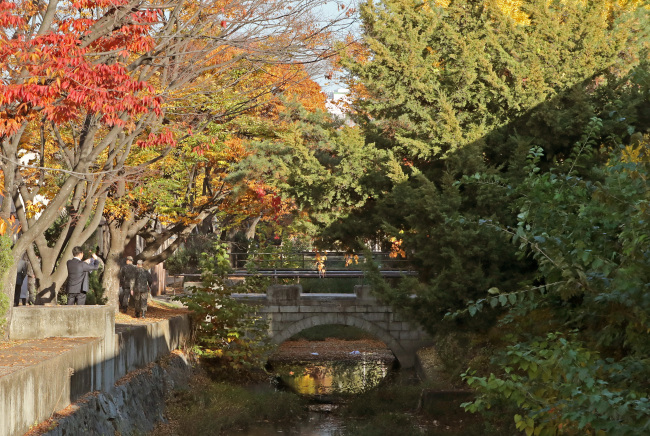











![[Today’s K-pop] BTS pop-up event to come to Seoul](http://res.heraldm.com/phpwas/restmb_idxmake.php?idx=644&simg=/content/image/2024/04/17/20240417050734_0.jpg&u=)




![[KH Explains] Hyundai's full hybrid edge to pay off amid slow transition to pure EVs](http://res.heraldm.com/phpwas/restmb_idxmake.php?idx=652&simg=/content/image/2024/04/18/20240418050645_0.jpg&u=20240418181020)

![[Today’s K-pop] Zico drops snippet of collaboration with Jennie](http://res.heraldm.com/phpwas/restmb_idxmake.php?idx=642&simg=/content/image/2024/04/18/20240418050702_0.jpg&u=)